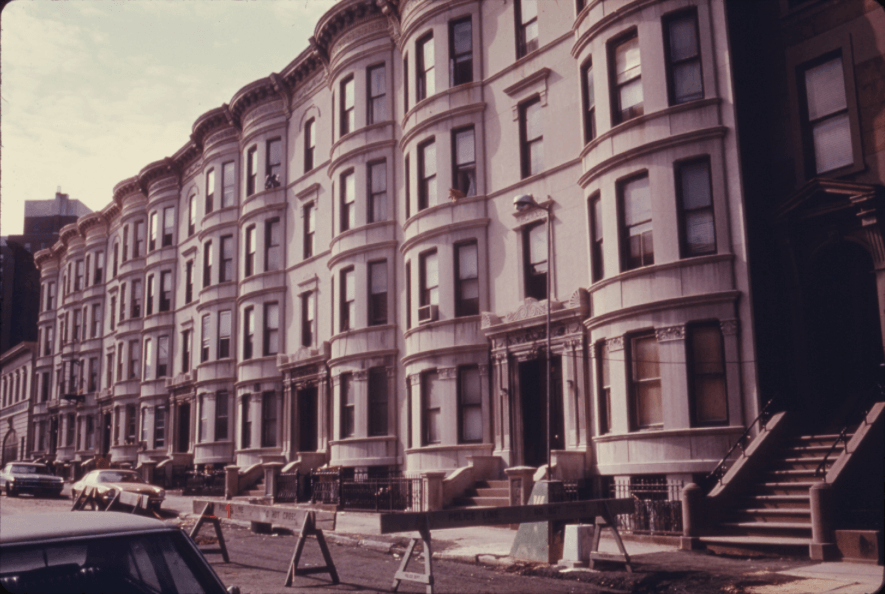The renters market in NYC fluctuates frequently and in recent years New York City real estate has skyrocketed to new heights. It’s no secret that New York has some of the highest rent in the country. Some may even see New York City as unattainable for living standards. But it wasn’t always the case. The outer boroughs and some parts of Manhattan were once havens for middle and lower class families to live comfortably and still have a familial community feel. Some of the top neighborhoods that thrive as up and coming areas were once tight communities that featured an array of ethnic groups and a myriad of economic enclaves.
For example, Hell’s Kitchen is probably one of the most storied areas affected by a transition of residents and rent hikes. Hell’s Kitchen was once a neighborhood mainly inhabited by poor and working class Irish-American immigrants. Instances of this can be seen in movies such as Gangs of New York and Sleepers. However, with it’s close proximity to the theater district as well as its perfect location in midtown, developers saw this area as a goldmine and the neighborhood started to shift in demographics. But who’s to blame? Just like in now prominent neighborhoods in Brooklyn such as Williamsburg and Park Slope, neighborhoods that were once familial areas for working class families are now seen as luxury neighborhoods with rent that is reserved for the upper class. Gentrification has long been seen as the sole reason to these changes.
According to its definition, gentrification is the process of renewal and rebuilding accompanying the influx of middle-class or affluent people into deteriorating areas that often displaces poorer residents.That can be seen as true. Who makes up the influx of individuals responsible for gentrification? Many believe this is the cause of young professionals that come from areas outside of the “the city” or five boroughs who are simply looking for cheaper rent. Once in these individuals move into the area, it can be seen as a “potentially desirable” area which can then woo investors and developers.
Gentrification isn’t necessarily a negative thing. It can bring a much needed renewal to a deteriorating neighborhood and new revenue and resources into a community. But what shouldn’t happen is the removal of the culture of said neighborhood. The only thing that’s left of Hell Kitchen is the name with very few remnants of the old neighborhood. As a realtor, I can appreciate the rise in rates, but as a New Yorker, I will always appreciate the old New York that was full of culture and dreams.
